1. Sushi and Sashimi
Sushi and sashimi are famous Japanese dishes (Photo source: Collected)
Sushi and sashimi are two traditional Japanese dishes famous worldwide, representing the sophistication and ingenuity of this country's cuisine . Sushi is made from vinegared rice combined with fresh seafood such as salmon, tuna, octopus or fish eggs. The compact pieces of sushi, tightly rolled or skillfully pressed, are not only beautiful but also bring a harmonious flavor between the slight acidity of vinegar and the natural sweetness of seafood.
Meanwhile, sashimi focuses on the originality of the ingredients. Fresh fish slices are meticulously thinly sliced, demonstrating the skillful craftsmanship of Japanese chefs. When enjoying sashimi, people often dip it with soy sauce, wasabi and pickled ginger to balance the flavor. It is this simplicity but sophistication that has helped sushi and sashimi become two of Japan's leading culinary symbols.
2. Donburi
Attractive Donburi versions with many different side dishes (Photo source: Collected)
Donburi is one of the most popular traditional Japanese dishes, loved by many people for its convenience and nutrition. This is a rice dish served in a large bowl, with many different toppings such as meat, fish, eggs and vegetables. The variety in preparation helps donburi have many attractive versions, suitable for the taste of each region.
Gyudon is a popular variation of donburi with thinly sliced beef stewed in a rich sauce, served with fragrant white rice. Katsudon brings the crispy taste of Tonkatsu fried pork, combined with eggs and a light dashi sauce. In addition, Unadon - donburi with grilled eel in a fragrant sweet sauce - is also an indispensable choice for those who love the typical flavors of Japanese cuisine.
3. Udon and Soba Noodles
Udon and Soba noodles are popular dishes in Japan (Photo source: Collected)
Along with rice, noodles are also an important part of Japanese cuisine. The two most popular types of noodles are udon and soba, each with its own unique characteristics but both demonstrating the ingenuity in the art of preparing traditional Japanese dishes.
Udon noodles are thick, soft and chewy, and are usually served hot in winter or cold in summer. The udon broth is made from dashi, soy sauce and mirin, creating a light, pleasant taste. Some famous udon dishes include Kitsune Udon with crispy fried tofu or Tempura Udon with crispy fried shrimp.
Soba noodles, on the other hand, are smaller, made from buckwheat flour, and have a distinctive nutty flavor. Soba can be eaten hot with dashi broth or cold with a rich tsuyu sauce. The Japanese believe that eating soba on New Year's Eve will bring good luck and health in the new year.
4. Tonkatsu
Tonkatsu is a deep-fried meat dish often found in donburi (Photo source: Collected)
Tonkatsu is a traditional Japanese dish that originated from the West but has been adapted by the Japanese to suit local tastes. This dish consists of deep-fried breaded pork, usually sliced into bite-sized pieces, served with rice, shredded cabbage and a signature Tonkatsu sauce. The outer layer is crispy, the inside is soft and sweet, when eaten with a slightly sweet and sour sauce, it creates a perfect balance. Tonkatsu is not only a popular dish in everyday meals but also appears in many types of donburi, transformed into Katsudon - a delicious fried meat and egg rice dish.
5. Okonomiyaki
Okonomiyaki is a delicious Japanese pancake originating from Osaka (Photo source: Collected)
When it comes to traditional Japanese dishes, we cannot miss Okonomiyaki - a famous Japanese pancake originating from Osaka. This dish is made from wheat flour mixed with dashi broth, mixed with shredded cabbage, eggs, meat or seafood and then grilled on a hot pan. When the cake is golden brown, people pour on a layer of special sauce, mayonnaise, seaweed and bonito flakes to create a delicious and attractive flavor. Okonomiyaki is not only a popular street food but also brings together friends and family when gathering around the grill to enjoy the typical flavors of Japanese cuisine.
6. Sukiyaki
Sukiyaki hot pot is always present on important occasions in Japan (Photo source: Collected)
Sukiyaki is one of the traditional Japanese dishes that often appears at family gatherings. This hot pot dish is made from thinly sliced beef, mushrooms, tofu, onions and green vegetables, all cooked in a sauce made from soy sauce, sugar and mirin. What makes Sukiyaki different is the way to enjoy it - after being dipped in water, the beef is dipped in raw egg yolk, creating an irresistible rich and fatty flavor. Japanese people often gather around a Sukiyaki hot pot on cold days, together enjoying the harmony between the sweetness of the beef, the freshness of the vegetables and the fat of the eggs. Not only is it a delicious dish, Sukiyaki is also a symbol of connection in Japanese culinary culture.
7. Miso Soup
Miso soup - A dish that helps dispel the cold in winter (Photo source: Collected)
If you have to choose a traditional Japanese dish that appears most often in family meals, miso soup is definitely a name that cannot be ignored. Made from miso paste - a type of fermented soybeans, combined with dashi (broth from bonito flakes or kelp), this soup brings a light but nutritious flavor. Miso soup is often served with white rice, creating a balance in the meal. A hot bowl of soup not only helps warm the body but also aids digestion, adding beneficial bacteria to the intestines. In particular, the ingredients of the soup can change seasonally with ingredients such as seaweed, tofu, green onions or mushrooms, bringing richness and appeal to diners.
8. Takoyaki
Takoyaki Octopus Balls - Traditional Japanese dish associated with traditional festivals (Photo source: Collected)
When it comes to traditional Japanese street food, Takoyaki is the most prominent name. This dish originated in Osaka, made from wheat flour, octopus, green onions, red ginger and some special spices. The small round balls are baked on a special mold, creating a crispy outer shell but soft inside. Takoyaki is often served with mayonnaise, sweet and salty Takoyaki sauce and some dried bonito flakes sprinkled on top, creating a perfect blend of flavors. Not only is it a popular snack, Takoyaki is also associated with traditional festivals in Japan, where people enjoy it together in a joyful and bustling atmosphere.
9. Curry rice
Curry rice - A dish influenced by Indian cuisine (Photo source: Collected)
Curry rice is one of the traditional Japanese dishes influenced by Indian cuisine but has been adapted to suit Japanese tastes. Unlike Indian curry which has a spicy taste, Japanese curry has a milder sweet taste and a smoother texture. This dish is usually prepared with chicken, beef or pork, combined with potatoes, carrots, onions and a special curry sauce. When eaten with fragrant white rice, the rich, fatty flavor of the curry sauce blends with the natural sweetness of the vegetables to create an attractive culinary experience. Not only popular in families, curry rice is also one of the favorite dishes at popular eateries and restaurants in Japan.
10. Yakitori
Yakitori skewers are marinated and grilled over charcoal (Photo source: Collected)
Yakitori is a traditional Japanese dish made from chicken cut into small pieces, skewered and grilled over charcoal. This dish has two popular ways of preparing: one is simply salted to preserve the natural sweetness of the meat, the other is marinated with tare sauce made from soy sauce, mirin and sugar, creating a rich and attractive flavor. Yakitori is not only a favorite street food but also a popular choice in izakaya drinking establishments. Hot, fragrant skewers of meat, enjoyed with a cold glass of beer is an unforgettable culinary experience when visiting Japan.
11. Kagamimochi
Kagamimochi is an indispensable rice cake dish on New Year's Day in Japan (Photo source: Collected)
Kagamimochi is a special type of rice cake that often appears during the first days of the new year in Japan. The cake has the shape of two round blocks stacked on top of each other, symbolizing longevity and abundance. On top of the cake is placed a small tangerine, symbolizing luck and prosperity in the new year. This type of cake not only has spiritual meaning but also has a very unique way of enjoying it. Kagamimochi has a chewy texture, a light taste, and is often eaten with soy sauce or sugar, creating a rustic yet sophisticated flavor.
12. Sake
Sake is a traditional wine of the culinary culture of the cherry blossom country (Photo source: Collected)
Sake is not simply a type of alcohol but also a symbol of Japanese culinary culture. Brewed from rice and koji yeast, sake has a light alcohol content, a gentle aroma, suitable for many different occasions, from formal parties to family gatherings. Depending on the serving temperature, sake can bring different taste experiences. When drunk hot, the wine brings a warm feeling, especially suitable in winter. On the contrary, cold sake retains a refreshing taste, helping to stimulate the taste buds when combined with traditional Japanese dishes such as sushi or sashimi. Not only a drink, sake is also used in traditional ceremonies, showing respect for ancestors and nature.
13. Mochi
Colorful mochi cakes are extremely eye-catching (Photo source: Collected)
Mochi is one of the traditional Japanese dishes associated with festivals. Made from pounded glutinous rice flour, mochi has a soft, chewy texture and a slightly sweet taste, often combined with red bean paste, matcha or ice cream to create a rich flavor. This cake is not only popular in daily life but also has symbolic meaning. In Japanese families, mochi is considered a symbol of unity, praying for a prosperous and fulfilling new year. In particular, on New Year's Day, people often hold a mochi making festival (Mochitsuki), where members pound rice flour and shape cakes together, creating a warm and joyful atmosphere.
14. Taiyaki
Taiyaki fish cakes are sold everywhere on the streets of Japan (Photo source: Collected)
Taiyaki is a baked cake shaped like a sea bream, a symbol of luck in Japanese culture. The crust is crispy, fragrant with the smell of baked flour, inside is a layer of sweet and fatty filling, most commonly red beans, custard, chocolate or cheese. Not only is it an attractive snack, taiyaki is also associated with the childhood memories of many generations of Japanese people. The image of taiyaki carts on the streets of Tokyo or Kyoto on cold days always brings a feeling of nostalgia and warmth. The flavor of this cake easily conquers even the most difficult diners, making anyone who has tried it want to enjoy it again.
15. Yudofu
Yudofu - A refreshing steamed tofu dish, simple but extremely delicious (Photo source: Collected)
If you have the opportunity to visit the ancient capital of Kyoto in winter, yudofu is a dish not to be missed. Simply prepared by boiling tofu in hot water with kombu seaweed, yudofu brings a light but delicate flavor. This dish is often enjoyed with soy sauce, green onions and fresh ginger, helping to warm the body on cold days. Not only is it one of the traditional Japanese dishes, yudofu also represents the life philosophy of “wabi-sabi” – finding beauty in simplicity and nature. Favored by those pursuing a healthy lifestyle, this dish is rich in vegetable protein, low in calories, suitable for a frugal diet but still full of nutrition.
Traditional Japanese dishes conquer diners with their delicate flavors and creativity in preparation. Each dish has its own story, reflecting the intersection between nature and people, between traditional culture and modern style. Travel to Japan with Vietravel to discover these unique dishes and better understand the rich cuisine of the cherry blossom country. These culinary experiences will certainly leave a deep impression and make your journey to explore Japan more complete than ever.
Source: https://www.vietravel.com/vn/am-thuc-kham-pha/mon-an-truyen-thong-o-nhat-ban-v16922.aspx



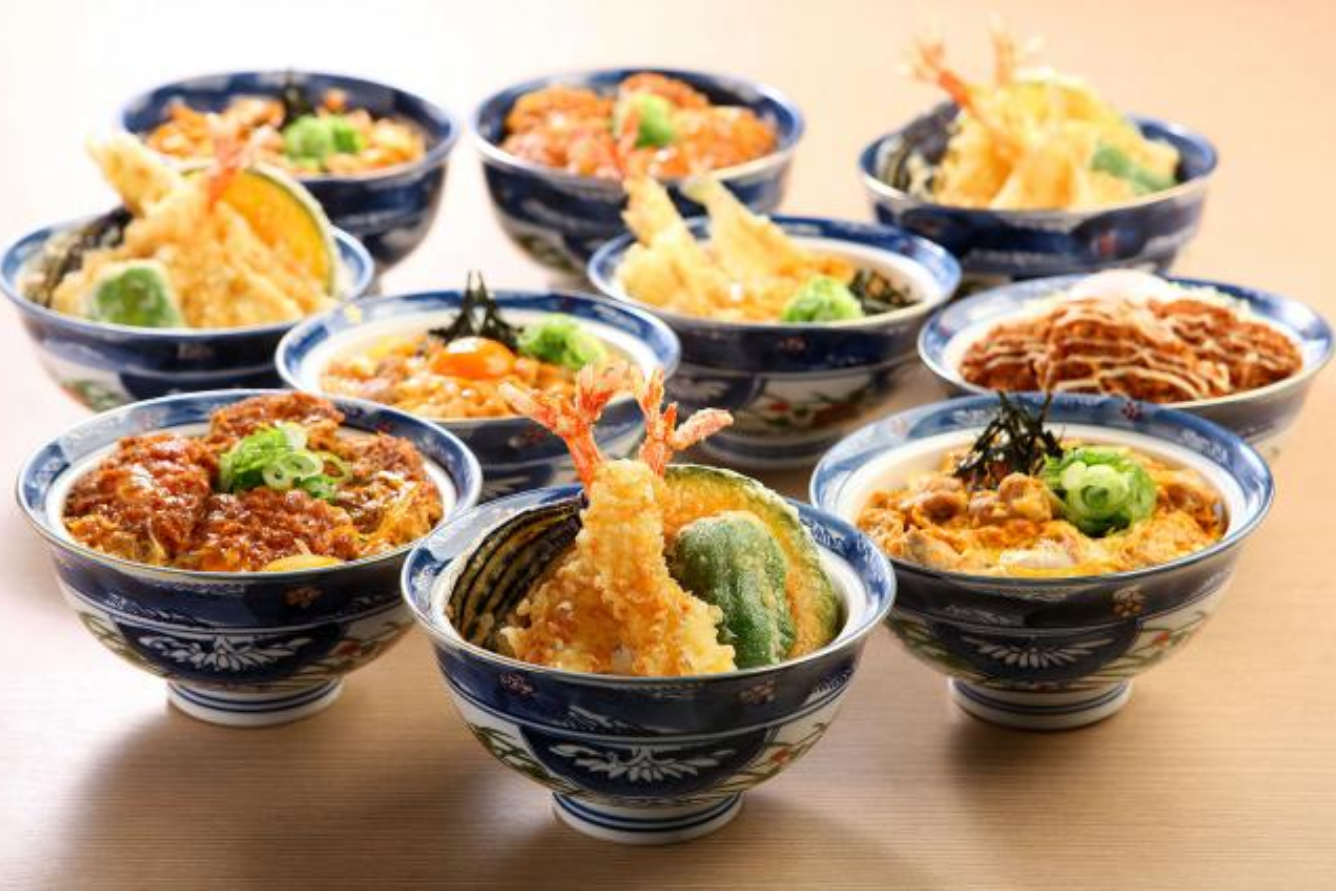
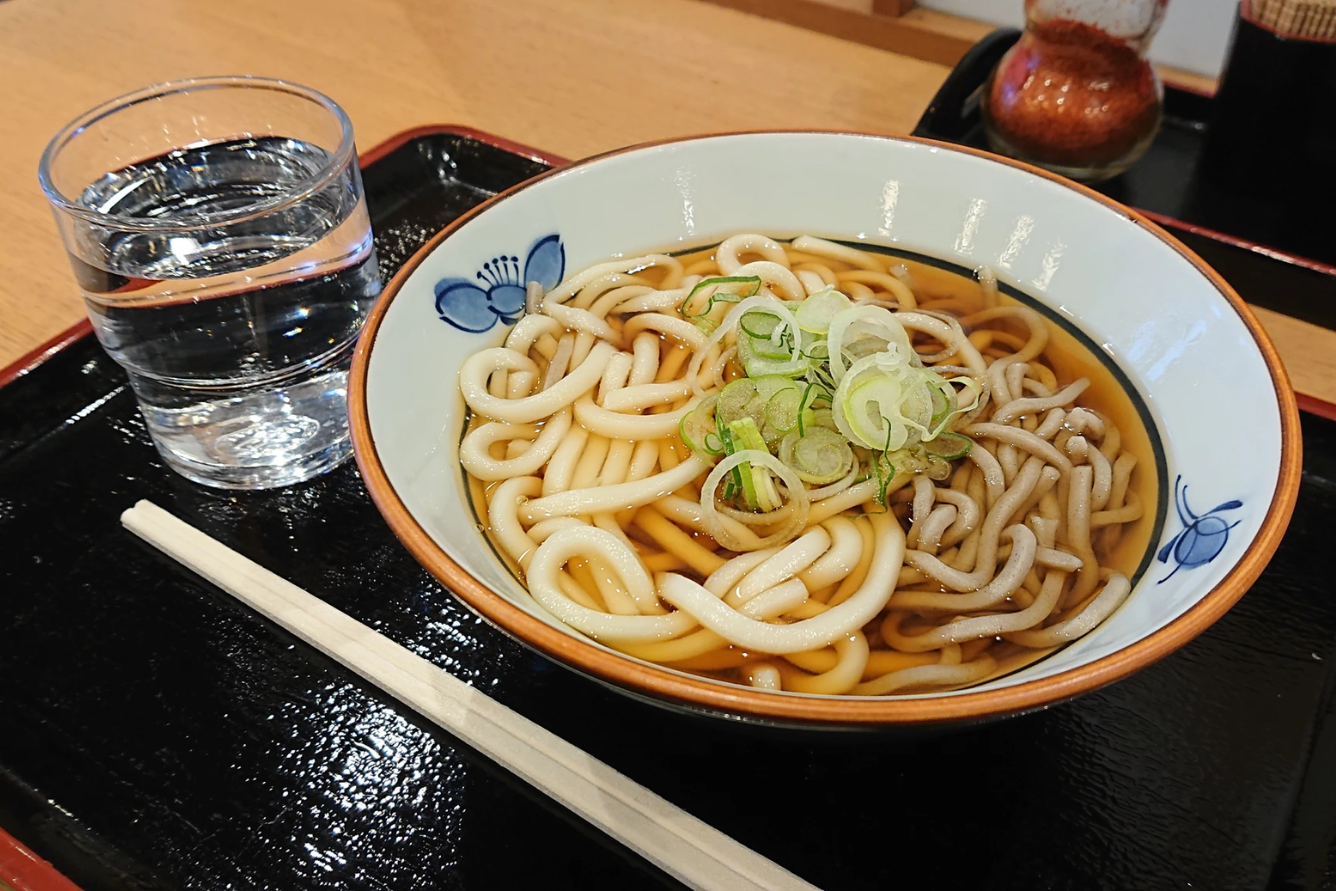
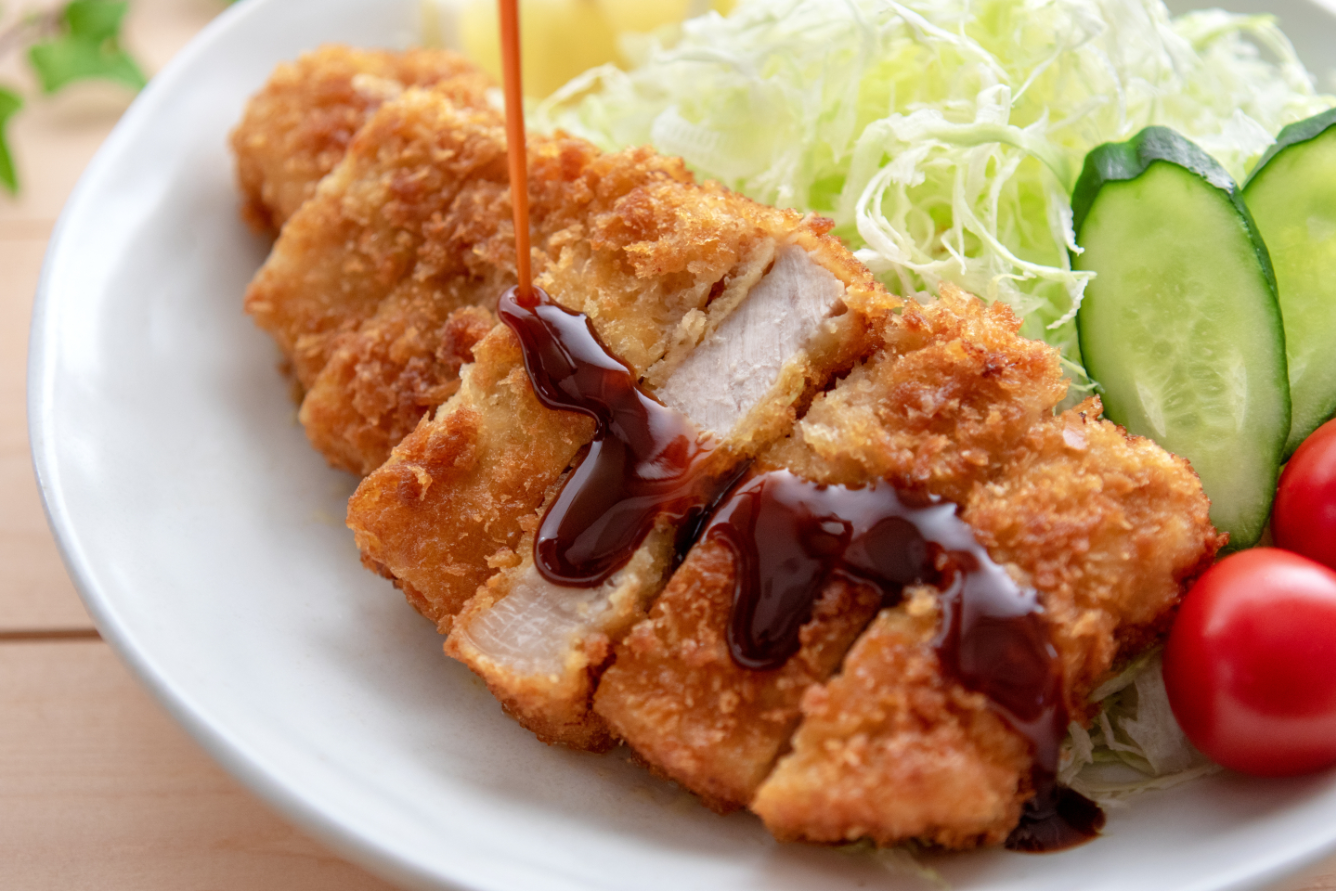
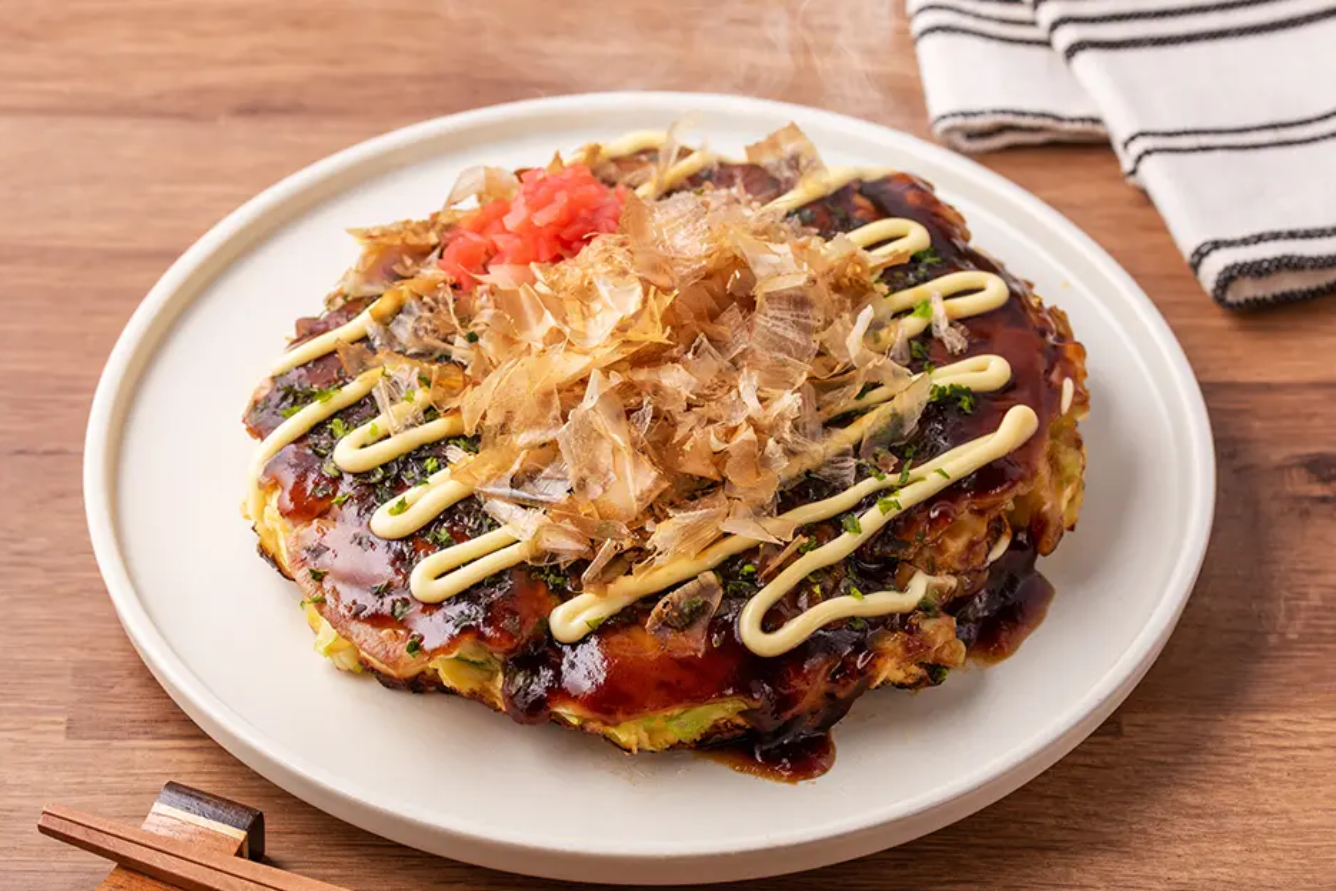
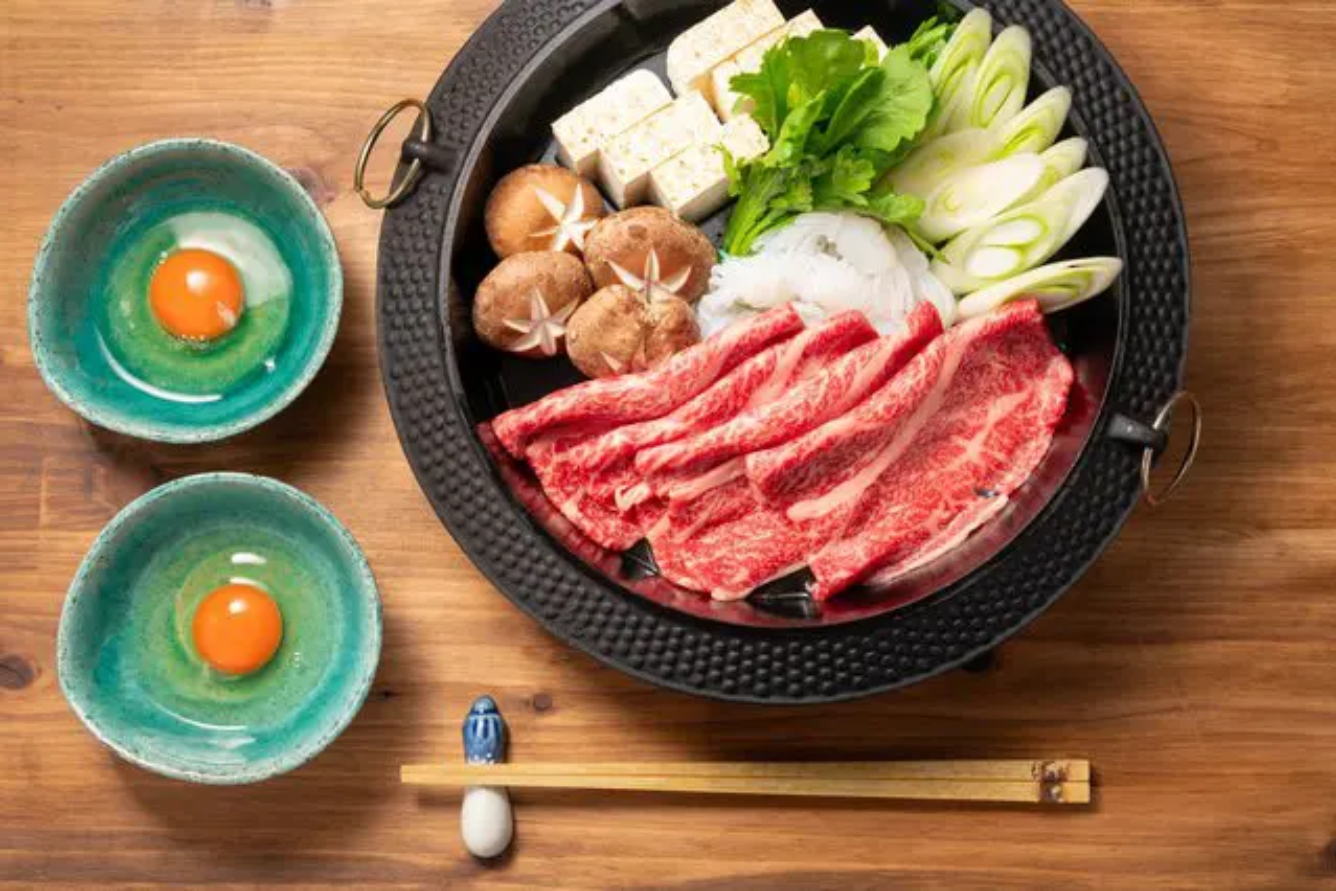
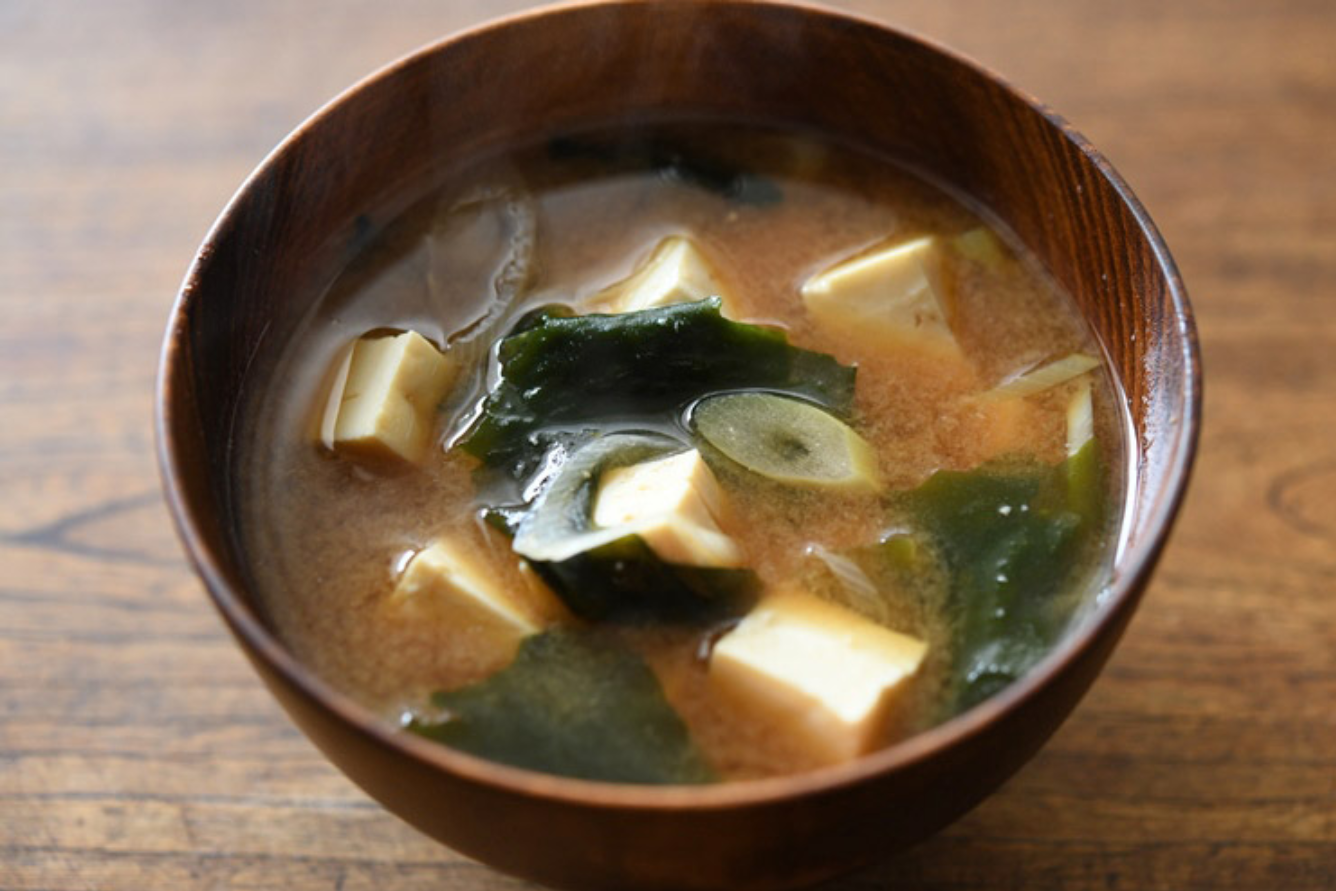

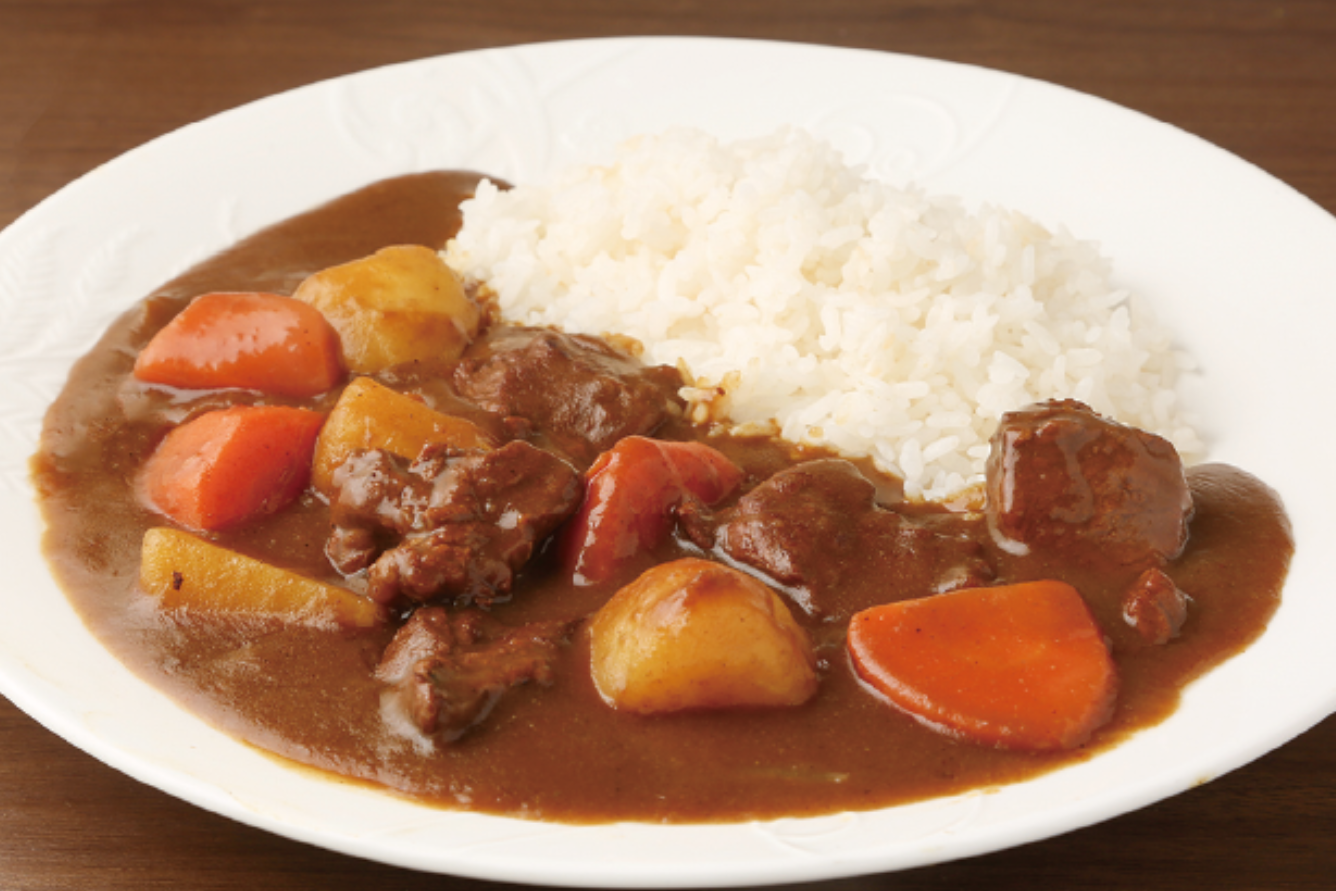

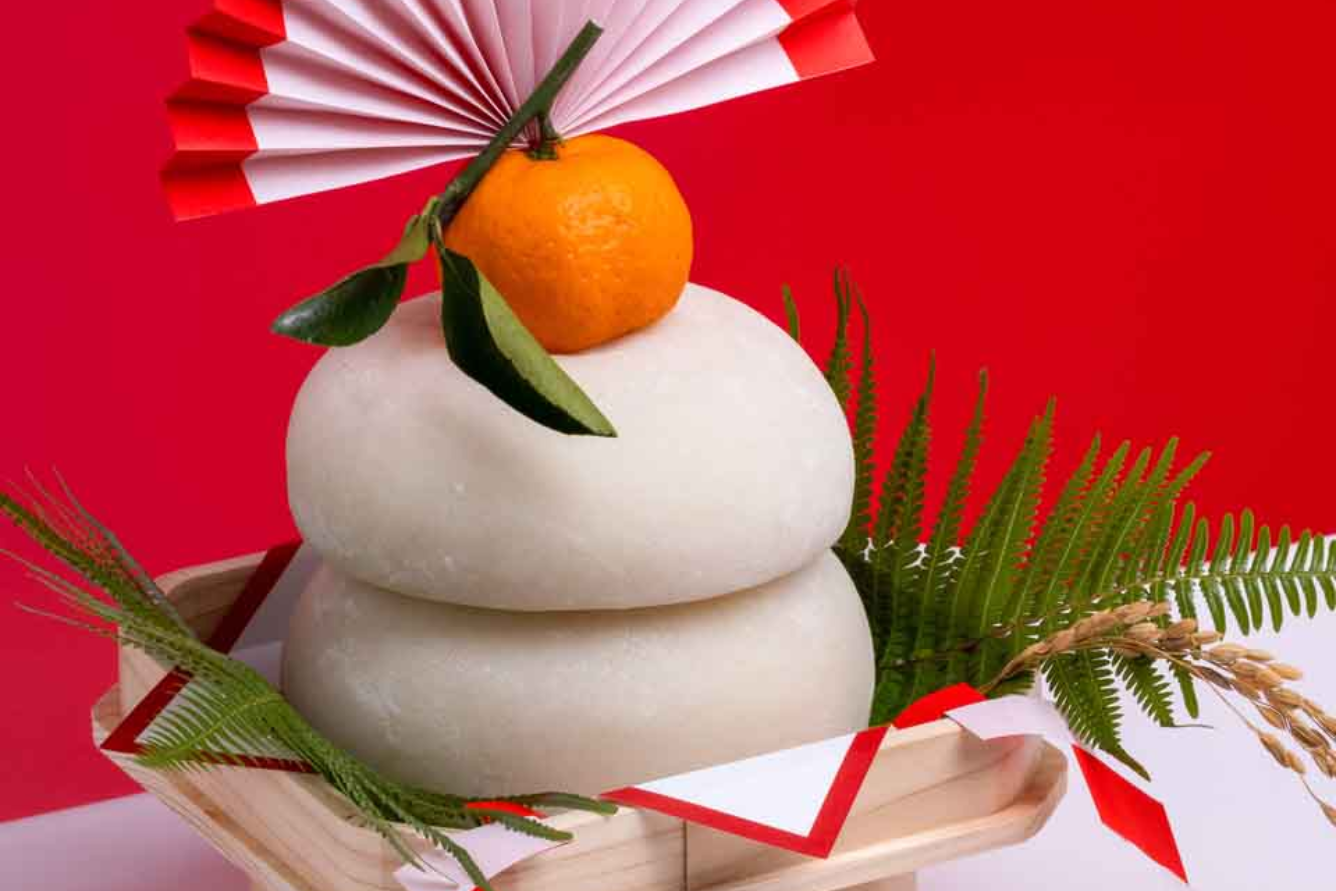
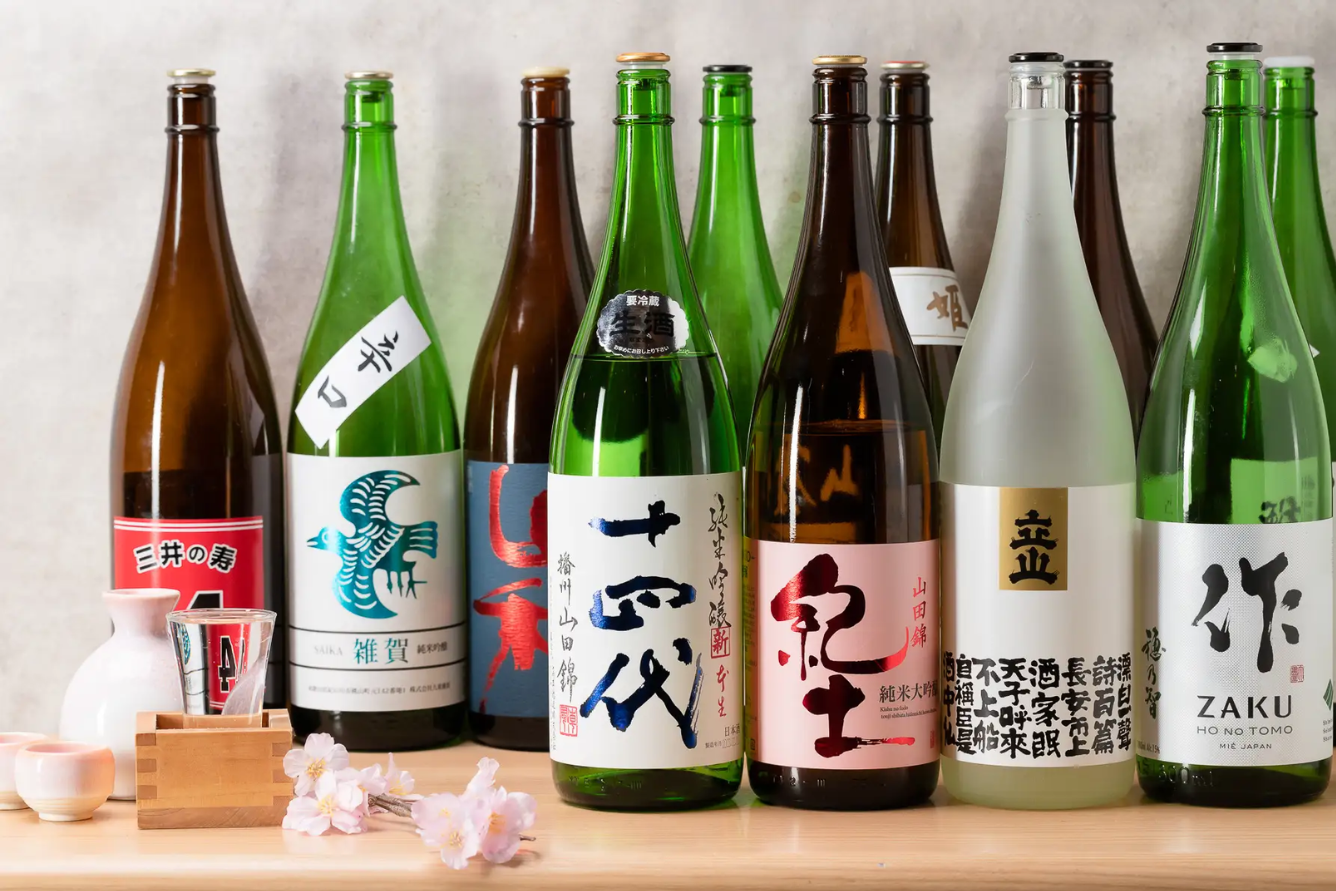
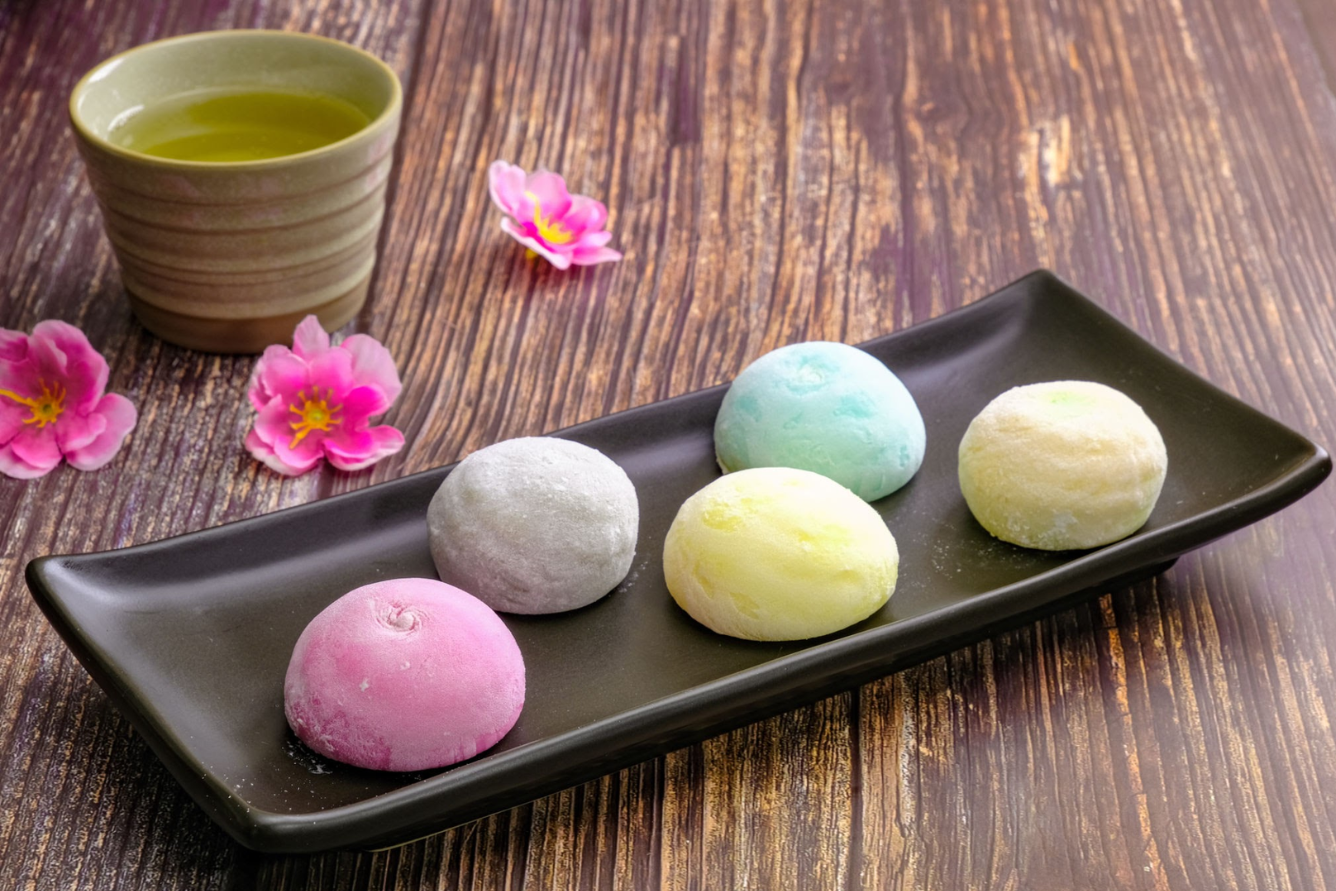

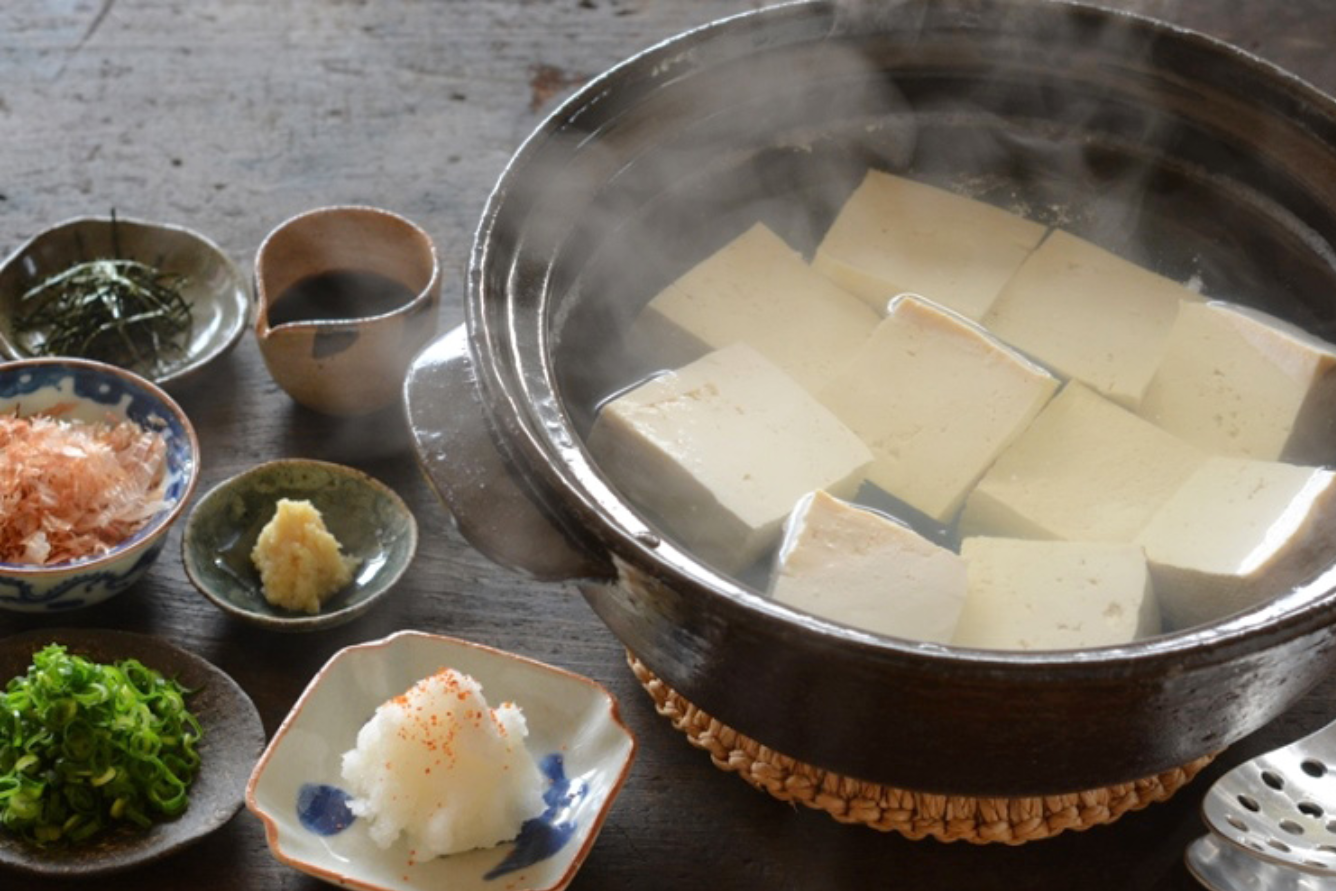





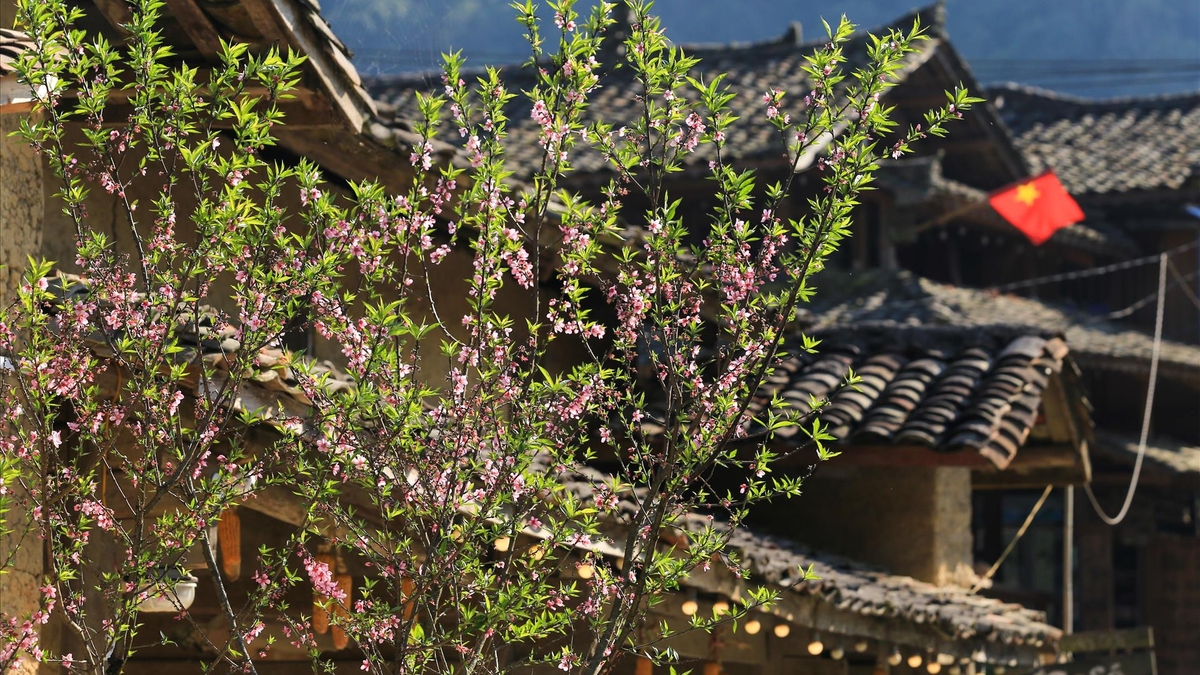










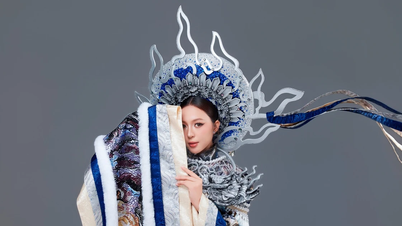



















![[Photo] General Secretary To Lam and National Assembly Chairman Tran Thanh Man attend the 80th Anniversary of the Traditional Day of the Vietnamese Inspection Sector](https://vphoto.vietnam.vn/thumb/1200x675/vietnam/resource/IMAGE/2025/11/17/1763356362984_a2-bnd-7940-3561-jpg.webp)























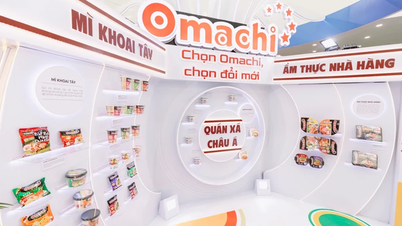










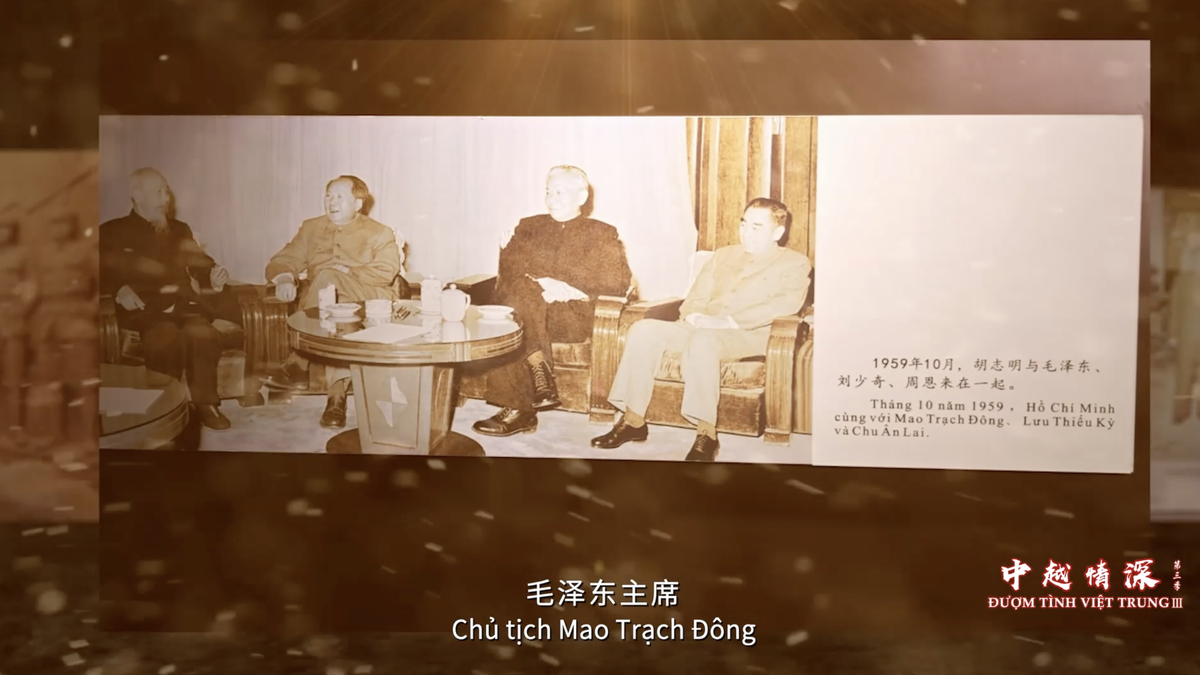





























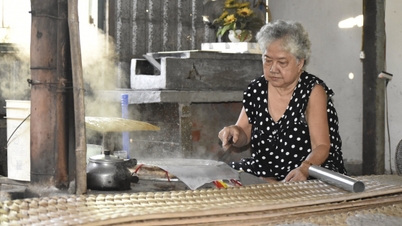







Comment (0)